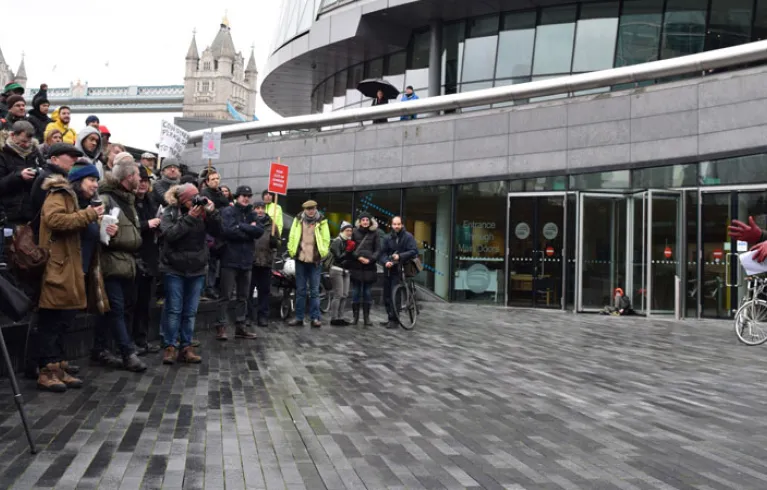
Key information
Publication type: General
Publication date:
Sian Berry AM has published her response to the Mayor’s draft London Plan, asking for loopholes to be closed in housing policies and a stronger goal for a truly traffic-free centre of the city.
The draft was published in December 2017 and comments closed in March. The next steps towards a final new London Plan will be an examination with a planning inspector later this year.
A summary of Sian Berry’s comments is below:
The draft new London Plan is positive step in spatial planning for London. Underpinned by ‘Good Growth’ principles, it focuses on transport oriented planning and town centres, while protecting London’s Belt and Metropolitan Open Land. However, the priority for small developments lack the safeguards to prevent garden grabbing and the loss of local green spaces.
However, there are far too many loopholes to enable housing that does not fit with the Mayor’s new definition of ‘affordable’. These must be tightened up, and clarity also given to how the demolition of existing homes will be avoided.
An explicit goal to reduce the need to travel and cut traffic is absent, with the plan only focusing on shifting trips between modes. The parking policies allow excessive residential parking in outer boroughs. These are not acceptable and must be corrected. Increasing new car-free housing is a fundamental basis for reducing traffic as is the removal of roadbuilding plans. In addition, the centre of London needs a clearer and more ambitious vision of traffic free streets by 2040.
I am pleased to see ‘town centre first’ principles adopted in the draft Plan, as I proposed in my document Towards a new London Plan. Along with the embedding of Healthy Streets in many sections, better protection for industrial floorspace and for pubs and music venues through the agent of change principle, and new policies to prevent arbitrary rules on private public spaces.
But the plan leaves too much work for boroughs to do, such as assessing home sizes and the needs of Gypsies and Travellers. We also need to see better processes for supporting resident- and community-led development and Neighbourhood Planning, particularly when it comes to regeneration areas, estates and small sites.
Related documents
Response to the London Draft Plan